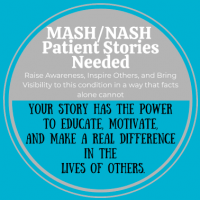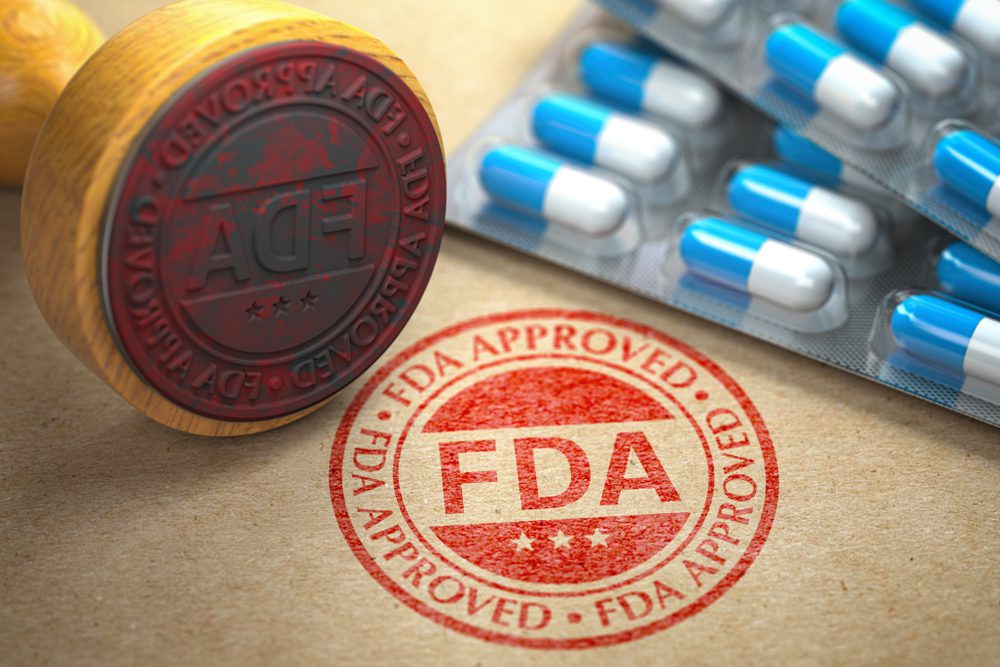On Monday, February 12 the Food and Drug Administration approved Eohilia, a budesonide corticosteroid oral suspension for patients aged 11 years and older with eosinophilic esophagitis (EoE) patients in the U.S. The treatment, the “first and only” FDA-approved treatment for EoE, will be available later in February, according to manufacturer Takeda.
Dr. Ikuo Hirano of the Feinberg School of Medicine at Northwestern University, one of the authors of a 2022 paper outlining Eohilia’s efficacy in a phase 3 clinical trial, says that corticosteroids have been used to treat EoE in the past, but in an off-label capacity and with differing drug delivery options. “With EOHILIA, it’s gratifying to now have an FDA-approved treatment specifically formulated for a consistent dose delivery with demonstrated ability to address esophageal inflammation and EoE dysphagia symptoms,” Hirano says, in the company’s official press release.
The text of the press release from Takeda is re-printed, in part, below. Please see the full press release at Takeda.com here for more information.
Editor’s Note: Chronic conditions and rare diseases don’t discriminate, Patient Worthy and its partners are interested in amplifying the voices of those from all identities and backgrounds. If you have a journey to share, click here to learn more about how your voice can help spread awareness and inspire individuals from all walks of life.
About Eosinophilic Esophagitis (EoE)
Eosinophilic esophagitis (EoE) is a chronic digestive system disorder in which large amounts of eosinophils, a type of white blood cell, are present in the esophagus. These white blood cells are an important part of the immune system because they help fight infections, and their accumulation is a trademark of certain allergic diseases.
What causes eosinophilic esophagitis (EoE)?
EoE is caused by the excessive amount of eosinophils in the esophagus, which may be caused by immune hypersensitivity to particular foods or allergens in the environment. In addition, some individuals with EoE have been found to have unusually high expressions of the eotaxin-3 gene, so there may be a biological component to this disease.
You can find more information about EoE here.
###
FDA Approves Takeda’s EOHILIA (budesonide oral suspension), the First and Only Oral Treatment in the U.S. for Eosinophilic Esophagitis (EoE)
February 12, 2024
- 12 Weeks of Treatment with EOHILIA May Address Significant Unmet Needs of Patients 11 Years of Age and Older
- EoE Is a Chronic Disease That Can Significantly Impact Patients, with Esophageal Inflammation and Intermittent Symptoms of Choking and Difficult or Painful Swallowing
OSAKA, Japan and CAMBRIDGE, Massachusetts, February 12, 2024 – Takeda (TSE:4502/NYSE:TAK) today announced that the U.S. Food and Drug Administration (FDA) has approved EOHILIA (budesonide oral suspension), the first and only FDA-approved oral therapy for people 11 years and older with eosinophilic esophagitis (EoE).1 It will be available in 2 mg/10 mL convenient, single-dose stick packs by the end of February.
EOHILIA is a corticosteroid indicated for 12 weeks of treatment in patients 11 years and older with EoE.1 Developed specifically for EoE, EOHILIA’s novel formulation of budesonide confers thixotropic properties – flowing more freely when shaken and returning to a more viscous state when swallowed.1,2
“Various formulations of corticosteroids have been used in the past to manage EoE, but in an off-label capacity and using multiple delivery options. With EOHILIA, it’s gratifying to now have an FDA-approved treatment specifically formulated for a consistent dose delivery with demonstrated ability to address esophageal inflammation and EoE dysphagia symptoms,” said Ikuo Hirano, MD, professor of medicine and director of the Kenneth C. Griffin Esophageal Center in the Division of Gastroenterology and Hepatology at Northwestern University Feinberg School of Medicine. “As the treatment needs and goals of patients with EoE can vary, I welcome the flexibility that EOHILIA offers as an oral medication.”
The FDA approval of EOHILIA 2 mg twice daily is based on efficacy and safety data from two multicenter, randomized, double-blind, parallel-group, placebo-controlled 12-week studies (Study 1 and Study 2) in patients (ages 11 to 56 and 11 to 42, respectively) with EoE.1 In both studies, patients received at least one dose of either EOHILIA 2 mg twice daily or placebo orally twice daily. Efficacy endpoints included histologic remission (peak eosinophil count of ≤6 per high-powered field across all available esophageal levels) and the absolute change from baseline in patient-reported Dysphagia Symptom Questionnaire (DSQ) combined score after 12 weeks of treatment. The DSQ measures how often a patient with EoE has trouble swallowing and the behavioral adaptations they subsequently use, as reported directly by patients.3
Significantly more patients receiving EOHILIA achieved histologic remission vs. placebo in Study 1 (53.1% vs. 1%).1 In Study 2, 38% of EOHILIA patients achieved histologic remission vs. 2.4% of those in the placebo group. Absolute change from baseline in DSQ combined score in the EOHILIA vs. placebo groups in Study 1 was -10.2 (1.5) vs. -6.5 (1.8) and in Study 2, -14.5 (1.8) vs. -5.9 (2.1). During the last two weeks of each study, more patients receiving EOHILIA experienced no dysphagia or only experienced dysphagia that “got better or cleared up on its own” as compared to placebo, as measured by the DSQ. EOHILIA has not been shown to be safe and effective for the treatment of EoE for longer than 12 weeks. The most common adverse reactions (≥2% of patients receiving EOHILIA and at a rate greater than placebo) in Study 1 included: respiratory tract infection (13%), gastrointestinal mucosal candidiasis (8%), headache (5%), gastroenteritis (3%), throat irritation (3%), adrenal suppression (2%) and erosive esophagitis (2%). The safety profile of EOHILIA in Study 2 was generally similar to Study 1.1
“For most of us, eating is a simple experience. But for people living with eosinophilic esophagitis, sitting down for a meal can include painful and difficult swallowing, chest pain and a choking sensation,” said Brandon Monk, senior vice president and head, U.S. Gastroenterology Business Unit, Takeda. “With EOHILIA, patients and their physicians now have the first and only FDA-approved oral treatment option for EoE that was shown during two 12-week clinical studies to reduce esophageal inflammation and improve the ability to swallow.”
EoE is a chronic, immune-mediated, inflammatory disease localized in the esophagus.4 Although the exact cause is unknown, it is believed to be triggered by a variety of stimuli including certain foods and environmental allergens.5,6 The chronic inflammation of EoE can lead to a range of symptoms, which can vary by person and age, and include difficulty swallowing, vomiting and pain.7 Identifying EoE can be complex and delayed diagnosis is common among patients. If left untreated, the inflammation of EoE can worsen and narrow the esophagus, which can lead to food impaction (when food becomes stuck in the esophagus).8,9 In fact, EoE is the leading cause of emergency room visits for food impaction.10
###
Please see the full press release at Takeda.com here for more information.
Editor’s Note: Chronic conditions and rare diseases don’t discriminate, Patient Worthy and its partners are interested in amplifying the voices of those from all identities and backgrounds. If you have a journey to share, click here to learn more about how your voice can help spread awareness and inspire individuals from all walks of life.








